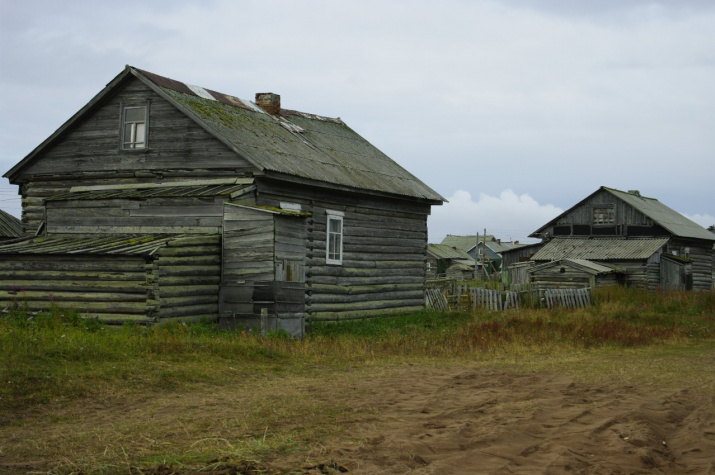Russian Geographical Society has issued a regional grant to a unique project dedicated to describing the impact of the economic activity of the Pomors on the way plants distributed in the Russian Arctic throughout history. The research will be conducted by a group of specialists under the leadership of Mikhail Kozhin, senior researcher at the Polar-Alpine Botanical Garden-Institute named after N. A. Avrorin and the Institute of North Industrial Ecology Problems.
Humans influence the landscape everywhere regardless of what they do. Humans plant cereals, vegetables, and sometimes grass for livestock, whereas weeds and other plants whose seeds travel with pets or transport appear even though we don't want them to. Leaving inhabited places, people leave traces in the form of flora unusual for untouched landscapes.
Pomors appeared on the Tersk coast of the White Sea between the XI and XV centuries. Their most important trades were hunting for sea animals, fishing, and the most common settlements were areas of the coast where people lived either all year round or seasonally. Agriculture and cattle breeding gradually developed, large villages appeared and developed too. In the second half of the XX century, the Pomor settlements began to decline. At the beginning of the XXI century, traditional fishing became popular once again. Each of these stages led to a change in the composition of the coastal flora.
Traditions and needs of the local population are rarely taken into account both in industrial development and in the creation of protected natural areas, which has repeatedly led to acute social problems. Knowledge about the historical patterns of settlement of the Tersk coast and changes in its flora as a result of the economic activity of the Pomors and the principles of sustainable development of vulnerable and economically important Arctic ecosystems will help to improve the situation.
Among the tasks of the expedition are: studying the archives, interviewing local residents, describing the flora of abandoned, human-inhabited and untouched areas of the region. The data will be transferred to the herbariums of the project partners as well as to the “Flora of Russian Lapland” database. Scientists will compare the new field data with historical data and vegetation of neighboring territories, reconstruct the introduction of Pomor-related plants into the flora of the region and predict the risks of modern ecosystems in case of the appearance of new aggressive "aliens".
To give more people the opportunity to learn this information, the Kola Scientific Center will hold a seminar in the city of Apatity. Scientists will take part in a program on regional television and release leaflets about the plants of fishing sites. These leaflets will be available to tourists and visitors of the tourist information centers of the Murmansk region, the Museum of Nature of the Kandalaksha Reserve and the historical and ethnographic complex “Tonya Tetrina”.
The researchers believe that one of the most important outcomes of the project will be a deeper understanding of the close relationship between the Pomors and the nature of the Tersk Coast.
E. Borovichev, Deputy Director General for Scientific Work of the FRC KSC RAS, Member of the RGS


